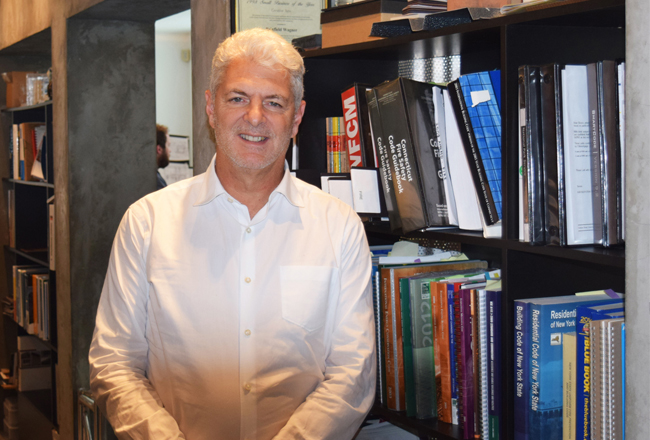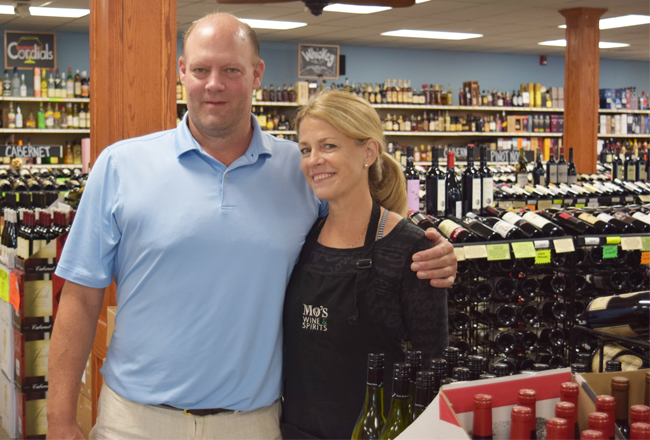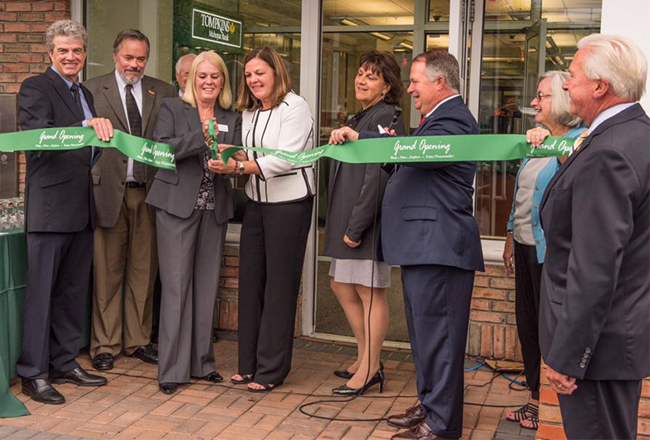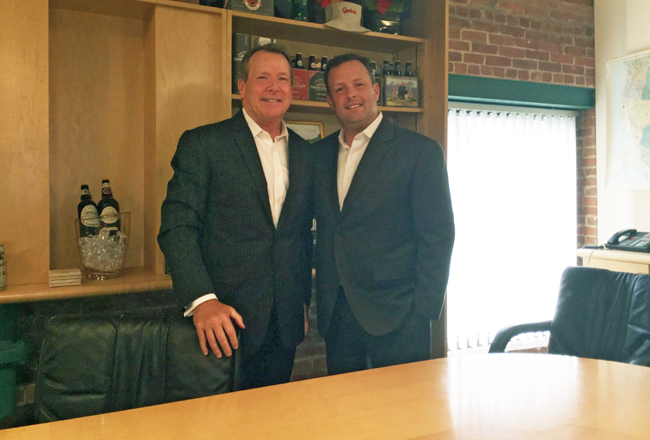It is not likely that the hundreds of people who live, shop, wine and dine in South Norwalk are familiar with Bruce Beinfield. But while his name may not sound familiar, his groundbreaking work in transforming the once-sketchy neighborhood into Fairfield County”™s go-to location.
“I”™ve been working in this neighborhood since 1990,” said Beinfield in an interview at the 1 Marshall St. office for his Beinfield Architecture PC. “I saw its potential to become an arts and entertainment district, and to further that goal I designed a number of restaurants that helped to redefine SoNo from what had been a dangerous urban environment into becoming one of the cooler nighttime destinations in the state.”

Beinfield was among the first to receive funding from NorwalkӪs Fa̤ade Improvement Grant program when the city began to vigorously focus on changing the nature of its southern section. One of his early projects was designing the Barcelona Wine Bar, the first establishment that helped reinvent SoNo as a leisure-time location.
Beinfield”™s impact was later displayed through the neighborhood in the imaginative transformation of the Lock Factory from a derelict industrial plant into a modern office complex, as well as in turning the one-time Norwalk Company compressor manufacturing site into the mixed-used Ironworks development. In 1997, the American Institute of Architects (AIA) honored Beinfield”™s SoNo work with a Special Achievement Award for Architectural Excellence. In 2010, he was elected into the AIA College of Fellows.
Beinfield is still changing the visual dynamics of the region thanks to his ongoing work in the new boom of apartment complexes. “Over 50 percent of our work today is either large residential or mixed-use projects,” said Beinfield about his 10-person agency”™s output.
When planning these new apartment complexes, Beinfield is cognizant that Connecticut can be an expensive place to do business, as well as to live. “One of the drivers is always cost,” he explained. “If we can figure out ways of delivering a product for less money, it means the landlord can charge less rent. In a competitive market, that is important. In the Stamford market, if you can have five percent less in the rent charge, that is an advantage. We”™re always looking at ways of providing quality and ways of increasing the cost effectiveness.”
Many of Beinfield”™s projects are aimed in downtown areas, with new developments underway in Stamford, Norwalk, Noroton Heights and New Haven that are within walking distance of shops, restaurants and mass transit hubs. Beinfield credits this to a pair of societal shifts: a post-2008 recession movement away from suburban to urban living coupled with the influence of Millennials on social and economic behavior.
“On a collective basis, people are less interested in driving from businesses to be on their one-acre secluded property and are more interested to be in a social environment where they can walk around and see their friends and neighbors and be part of a community,” he continued. “This is partly driven by the Millennial population that were never as car-oriented as their parents. There is a much, much higher ratio of 19- and 20-year-olds that don”™t drive than there was 20 years ago. It”™s just not that important to teenagers today ”“ they are much more oriented to their phones than to their cars.”
Still, cars have not disappeared from Fairfield County, and Benefield added the first aspect of his residential complex designs involves the configuration of the parking lots.
“Coming up with an efficient parking scheme and a building scheme to optimize those modules is the first challenge we typically look at,” he said. “We come up with two to four different ways that the building and parking can lay out on the site. After we review that with the owner, we can get an idea of the density that is achievable and how many units you can fit on a particular piece of property. That is ultimately dictated by the land or the zoning constraints, or a combination of both.”
Beinfield sets his fee structure based on several project benchmarks, including a percentage of the construction costs and the number of hours that his agency will devote to the project. He admitted to turning down offers from developers, noting that his work has no room for unhappiness in either side of the potential partnership. “Balancing expectations is important,” he said. “The architect-client relationship goes on for a period of at least a couple of years.”
Elsewhere in the region, Beinfield is observing a pair of urban projects which he feared did not fit well into their surroundings. The SoNo Collection, a mall boasting 717,000 square feet of retail space, is set to open in 2019 a few minutes from Beinfield”™s office, and the architect is worried that the massive complex does not complement the more intimate surroundings of the SoNo retail and lifestyle scene.
“It doesn”™t work into the community as well as it could,” he commented. “The connectivity of that project is somewhat challenged. Also, the dynamics of the retail world are changing so quickly that the viability of a project like that keeps coming under question. What we don”™t want in Norwalk is having that as the last mall designed in the country.”
Further down I-95, Beinfield wondered whether the proposed MGM Bridgeport resort and casino project would wind up as a Nutmeg State reprise of Atlantic City”™s wobbly odyssey into legalized gaming. “My perception of Atlantic City was that the wealth that was generated there did not filter out into the community as much as it could have and was concentrated in the destination casinos,” he said. “While it was a good job generator, it was not necessarily the kind of development that helps to bring stronger communities.”




















